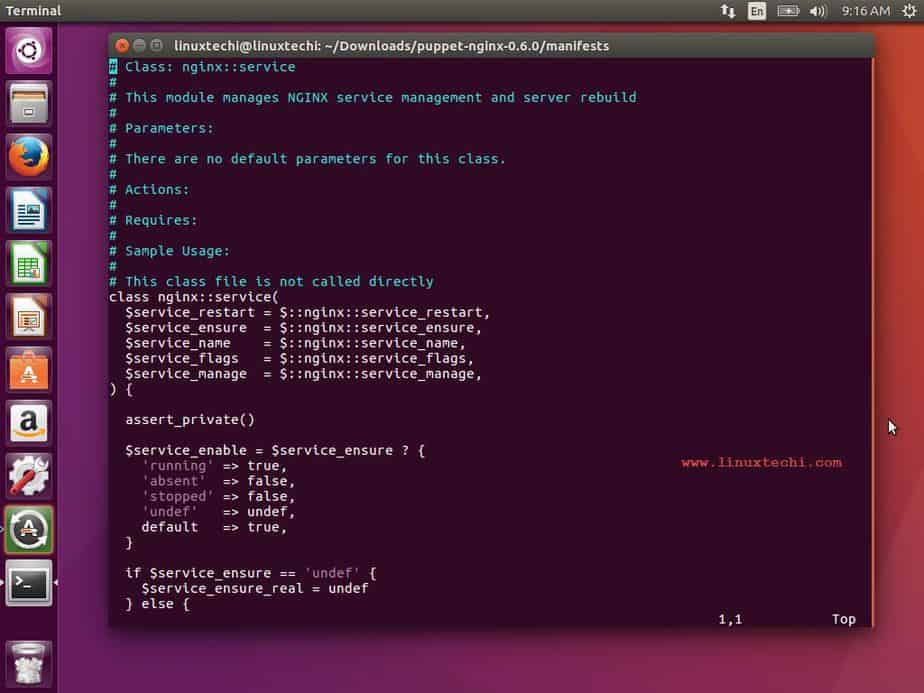

“C-x” means “press and hold the Control key and then press and release the “x” key Not nice, not powerfull, but it may help sometimes. As explained here, this will forward the input in the console to your file. Since its editing commands are written in Lisp.Įmacs (not enough reputation to comment, so will do it here) As far as I know, there's not a built-in editor however, a workaround would be to use: type CON>myfile.txt. The user functionality of GNU EmacsĮncompasses everything other editors do, and it is easily extensible GNU Emacs is a version of Emacs, written by the author of the original Lrwxrwxrwx 1 root root 9 /etc/alternatives/pico -> /bin/nano Lrwxrwxrwx 1 root root 22 /usr/bin/pico -> ls -l /etc/alternatives/pico This is everything you would typically do using the graphic interface by clicking to navigate around the computer, but the same tasks are done through text commands instead of visual interaction. Note: In ubuntu, when you run “pico”, it will open “nano” as it is ls -l /usr/bin/pico The command line is a text-based interface for navigating the computer, creating, reading, and deleting files, and running applications. On top of copying Pico’s look and feel, nano also implements some missing (or disabled by default) features in Pico, such as “search and replace” and “go to line and column number”. This sometimes comes in handy when editing configuration files.

If you want to remove an entire line of text, simply hit Ctrl+K without highlighting anything. To Paste your text, move the cursor to a suitable position and hit Ctrl+U.
#Command line text editor free#
Nano is a small, free and friendly editor which aims to replace Pico,the default editor included in the non-free Pine package. If, instead, you want to cut the text, hit Ctrl+K. nano (Nano’s ANOther editor, an enhanced free Pico clone) P – put (paste) before cursorP – put (paste) before cursorĢ. P – put (paste) the clipboard after cursor :%s/old/new/gc – replace all old with new throughout file but with confirmation :%s/old/new/g – replace all old with new throughout file During your interaction with the cluster from the command line you need to deal with text files. :w – write (save) the file, but don’t exit :q! or ZQ – quit and throw away unsaved changes :q – quit (fails if there are unsaved changes) Tip: You can run “vimtutor” to learn vim commandsĪ – insert (append) at the end of the line Vim is a text editor that is upwards compatible to Vi.

vi/vim (vim-minimal/vim-enhanced) Vi IMproved, a programmer’s text editor My Top 3 Terminal Text Editors for Linux:ġ.


 0 kommentar(er)
0 kommentar(er)
